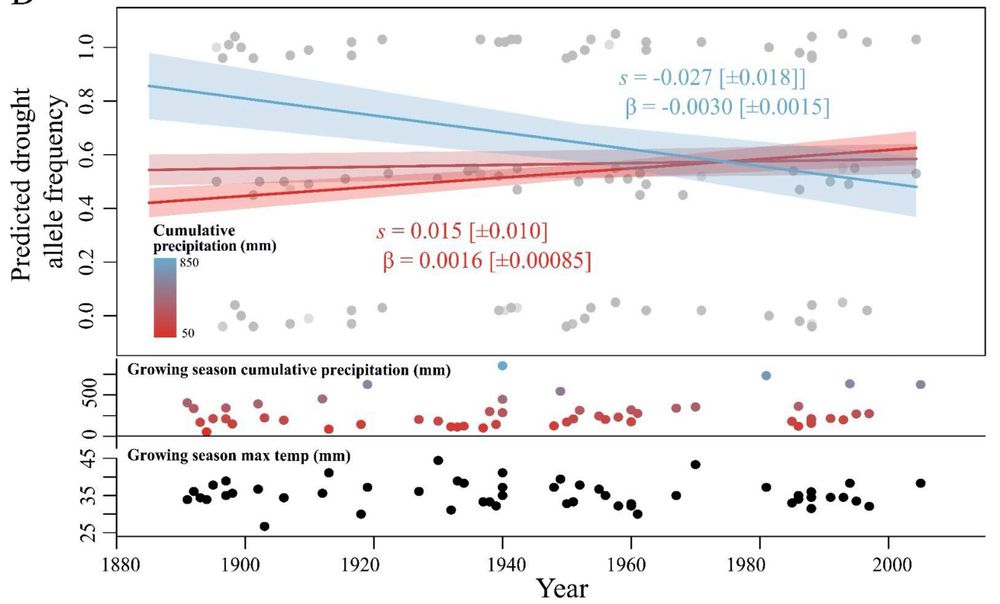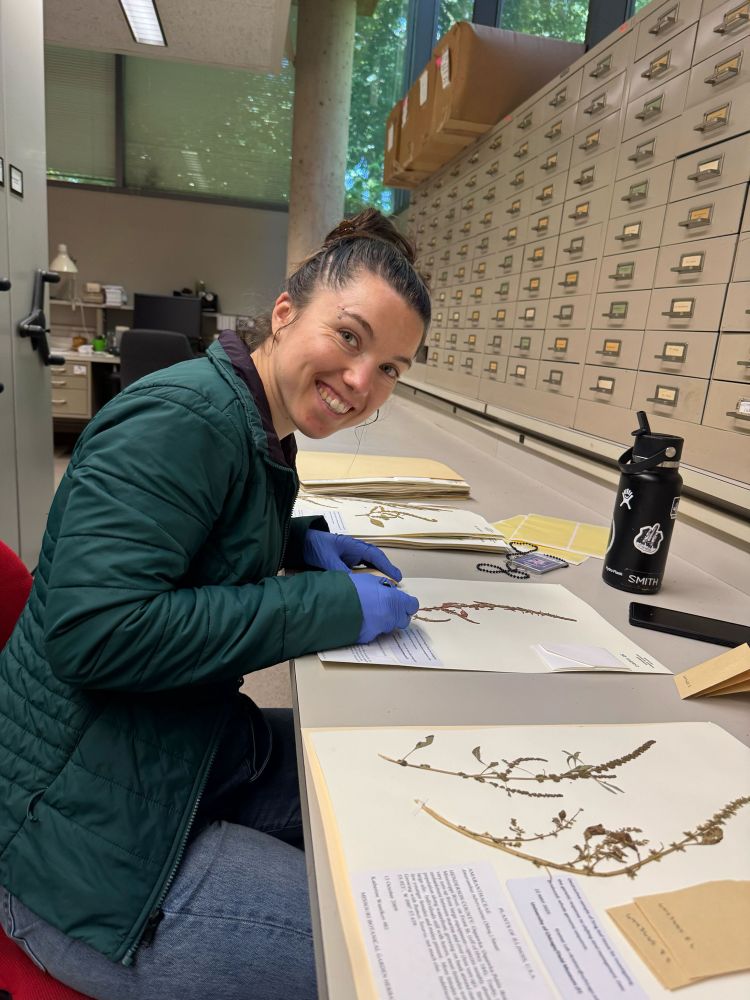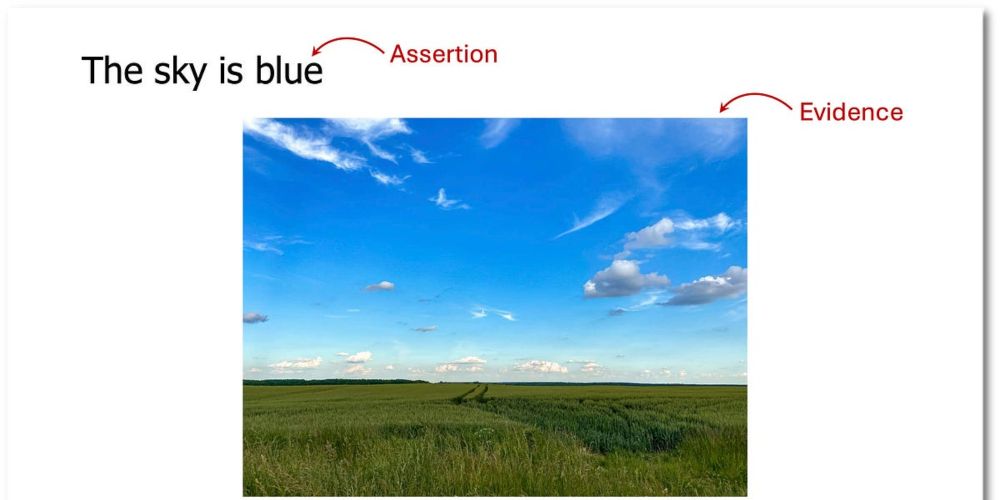Julia Kreiner
@jmkreiner.bsky.social
1.6K followers
650 following
46 posts
Assistant prof at UChicago EEB. The genomics of plant adaptation in rapidly changing environments.
kreinerlab.com
Posts
Media
Videos
Starter Packs
Reposted by Julia Kreiner
Reposted by Julia Kreiner
Reposted by Julia Kreiner
Reposted by Julia Kreiner
Reposted by Julia Kreiner
Reposted by Julia Kreiner
Reposted by Julia Kreiner
Reposted by Julia Kreiner
Reposted by Julia Kreiner
Reposted by Julia Kreiner
























